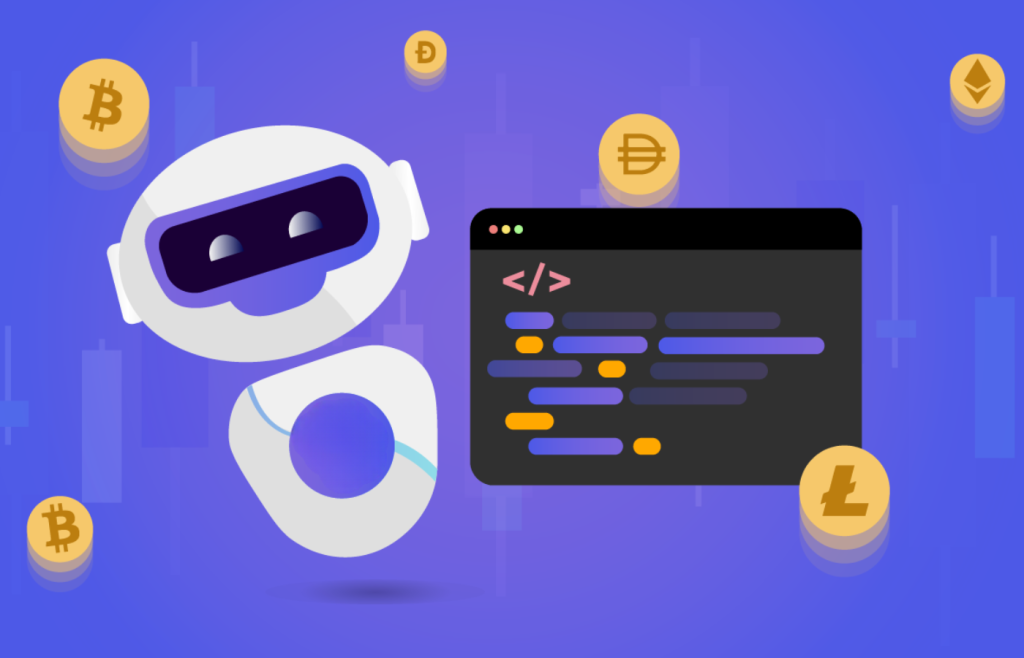In the fast-paced world of cryptocurrency trading, timing and strategy can make all the difference between a profit and a loss. Enter the crypto trading bot—a powerful tool that automates trading strategies, allowing traders to capitalize on market fluctuations without needing to be glued to their screens 24/7. With the rise of digital currencies, building a crypto trading bot has become increasingly accessible, even for those with limited programming skills. This article will delve into the essentials of creating your very own trading bot, breaking down the process into manageable steps, and highlighting key considerations along the way.
Understanding the Basics of Trading Bots
Before embarking on the journey to build a crypto trading bot, it’s essential to understand what a trading bot is and how it functions. A trading bot is a software application that interacts with cryptocurrency exchanges to execute trades automatically based on predefined conditions. These bots can analyze market trends, execute trades, and even manage your portfolio—all while you focus on other tasks. The primary goal of a trading bot is to take the emotion out of trading, enabling more disciplined and objective decision-making.

When building your bot, you’ll encounter various trading strategies, each with its own set of rules. Common strategies include:
- Arbitrage: Buying an asset on one exchange and selling it on another to profit from the price difference.
- Market Making: Providing liquidity to the market by placing buy and sell orders to profit from the spread.
- Trend Following: Analyzing market momentum and executing trades based on upward or downward trends.
Trading Strategies Overview
| Strategy | Description |
|---|---|
| Arbitrage | Exploits price discrepancies between different exchanges for profit. |
| Market Making | Involves placing both buy and sell orders to profit from the bid-ask spread. |
| Trend Following | Identifies and follows prevailing market trends to make trading decisions. |
By understanding these strategies, you can tailor your bot to align with your trading goals.
Choosing the Right Tools and Frameworks
Now that you grasp the fundamentals, it’s time to choose the tools and frameworks necessary for building your crypto trading bot. Depending on your technical expertise, you can either opt for a coding approach or use existing platforms that simplify the process. Popular programming languages for creating trading bots include Python, JavaScript, and C++. Python, in particular, is favored for its simplicity and the wealth of libraries available for data analysis and API integration.
If coding from scratch seems daunting, numerous platforms offer pre-built templates and easy-to-use interfaces. Tools like 3Commas, Cryptohopper, and TradingView provide user-friendly environments where traders can create bots without extensive programming knowledge. These platforms often feature backtesting capabilities, allowing you to test your strategies on historical data before deploying them in real-time.
Essential Tools for Building Trading Bots
| Tool | Description |
|---|---|
| Python | A versatile programming language with libraries like Pandas and NumPy for data analysis. |
| 3Commas | A platform offering automated trading solutions, bots, and portfolio management tools. |
| TradingView | A web-based platform that provides advanced charting tools and social trading features. |
Implementing Your Trading Strategy
Once you have your tools in place, it’s time to implement your chosen trading strategy into the bot. This step involves writing the code that defines how your bot will operate. If you’re coding from scratch, you’ll need to establish rules for when the bot should enter or exit trades based on market conditions. This includes setting parameters like stop-loss and take-profit levels to manage risk effectively.

Key Considerations for Trading Bots
- Risk Management: Define how much capital you’re willing to risk on each trade.
- Market Volatility: Be aware of how market conditions can affect your trading strategy.
- Regular Updates: Keep your bot updated with the latest market data and trends.
Backtesting Your Bot
Backtesting is a critical component of this process. Before launching your bot into the live market, it’s vital to test its performance against historical price data. This helps identify any weaknesses in your strategy and allows you to fine-tune parameters to improve results. Most trading platforms will offer backtesting tools that simulate how your bot would have performed under various market conditions, giving you confidence in your strategy before risking real capital.
Interesting Links
- BloxBytes – provides a detailed guide on how crypto trading bots work.
- Shrimpy Academy – offers a step-by-step guide for building a crypto trading bot.
- DevTeam.Space – discusses best practices for building a crypto trading bot.


